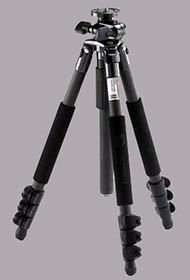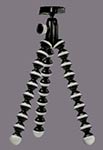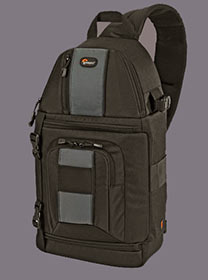Tripods
Tripods (and the City)A tripod is very useful for landscape photography and situations where you want a long exposure as well as clarity with little or no movement of the camera (e.g. shooting the moonrise).
In a business oriented city tripods can be a drawback since security minded ‘people’ take it to mean you are a professional and you are there to be hassled away or charged exorbitant fees. So in a city a light tripod or monopod is useful even if they are not the most stable, since you can get your shot more quickly and move on. We don’t recommend bringing a tripod to our courses in London, unfortunately.
Tripods get expensive when they are steady, big, yet lightweight. So check the height they go to to ensure you can bend to it (or stand at it) and check the weight especially if you cannot carry a lot (it adds up). Main reliable brands are Velbon, Giottos and Mannfrotto.
We like Giottos: even though we have a light-ish Velbon Sherpa Pro for city shots we use it with a Giottos ball head which we find far better than the Velbon equivalent . For landscape work the Giottos is great. You often have to buy the head separately ball heads mean you can move the camera around freely while pan and tilt are more regimented in setting up.
browse a range of quality tripods on amazon
You can get cheap tripods for £20 – most experts will advise against this – we say it only needs to be stable at the moment you take the shot. If you are willing to be very careful and it is not windy you can get good shots with a cheap tripod most of the time (just don’t go to very long exposures).
You can use very small tripods like gorillapods for compacts and even DSLR’s. They can fit in a camera bag so can be very useful – they can sway about but if they are stable when you take the shot all well and good. You can get very good shots with compacts and cheap/weird tripods.
browse a range of low-price tripods at Amazon
Camera Bags
These are really a must for DSLR photography of any complexity since they hold a few lenses and other equipment as well (depending on size). Smaller bags are good for Compact System Cameras and other compacts.
We tend to use Lowepro since the design is well though out. The Slingshot series is useful since you don’t have to remove it at all to get at your camera or change lenses. We find the 200 size is good for a single DSLR and two small lenses.
One thing – although they parade a lifetime guarantee we have yet to find out how to get them changed: the zips tend to go after a few years heavy use.
browse a range of Camera Bags at Amazon
Memory Cards
The SD card pretty much rules the roost at the moment – most of the others are now history. SDHC and SDXC fit the same slot. There is also the micro SD card which is for smartphones or for inserting into an SD card holder. The holder will also keep it safe for you when not in use and it will also be readable by most computers through the SD card slot. note: if you have an older camera an SDHC and SDXC card may not be compatible with it (the camera).
We still have the Compact Flash card but this is confined to full frame pro camera .e.g. Canon EOS 1DC or Nikon D4. This card may well disappear sometime too if the SD card speeds keep increasing (which they do). In addition Sony is still using its propriatory memory stick (as well as SD).
You need faster cards according to the speed and load ouputed by the camera. If you have an expensive camera and use RAW and continuous shot then you need a very fast one. If you have a cheap compact then you can get a cheaper (slower) memory card.
browse a range of Memory Cards at Amazon
<< Back Lens Guide Next >> Equipment Recommendations



